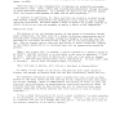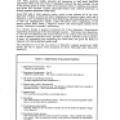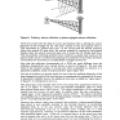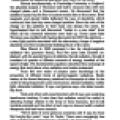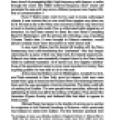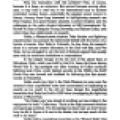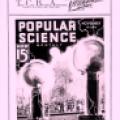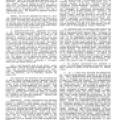… and would afford a check on whether the present theories of atomic structure are true and workable or merely a fabric of …
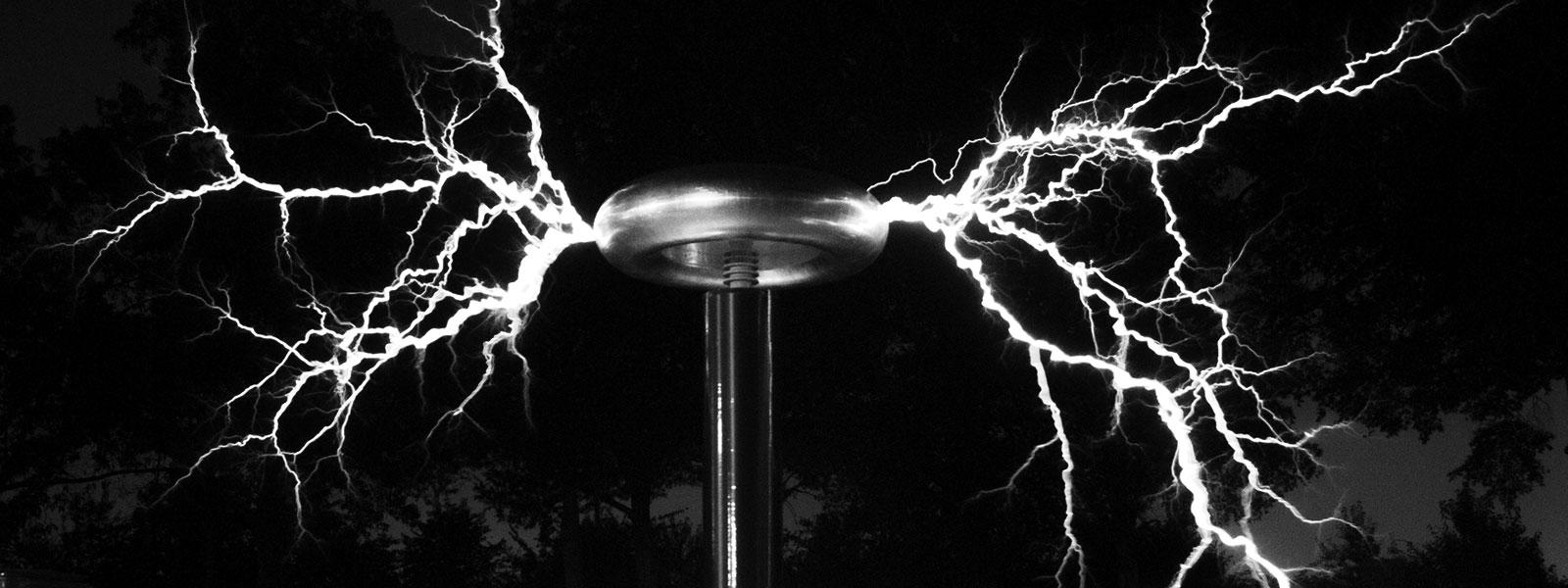
Search results - Page 19
… Finally, scalar EM allows direct engineering of the atomic nucleus itself, using a "surgeon's scalpel" and …
… will be conducted directly into the nucleus of each atom. In positive time, this now constitutes a "signal …
… light. The gas glows because billions of positively charged atoms, called ions, and negatively charged electrons move …
… electricity and the fundamental building block of the atom. Max Planck in 1900 proposed a law for electromagnetic …
… River was widening between them and the new generation of atomic physicists. The latter could talk of nothing but …
… Enola Gay was housed and outfitted for delivering the first atomic bombs to Hiroshima. Golka made two trips to the Tesla …
… of Marie Curie and decided to undertake research in atomic physics. In 1925, he entered Oxford as a Rhodes …
… electrical oscillations, which set the molecules and atoms of the inclosed rarefied gases into violent commotion, …
… that such massless, charged particles could penetrate atomic sub-structures without impedance, and could release a form of electron energy without disrupting the atomic structure as we now do in fission and fusion …
